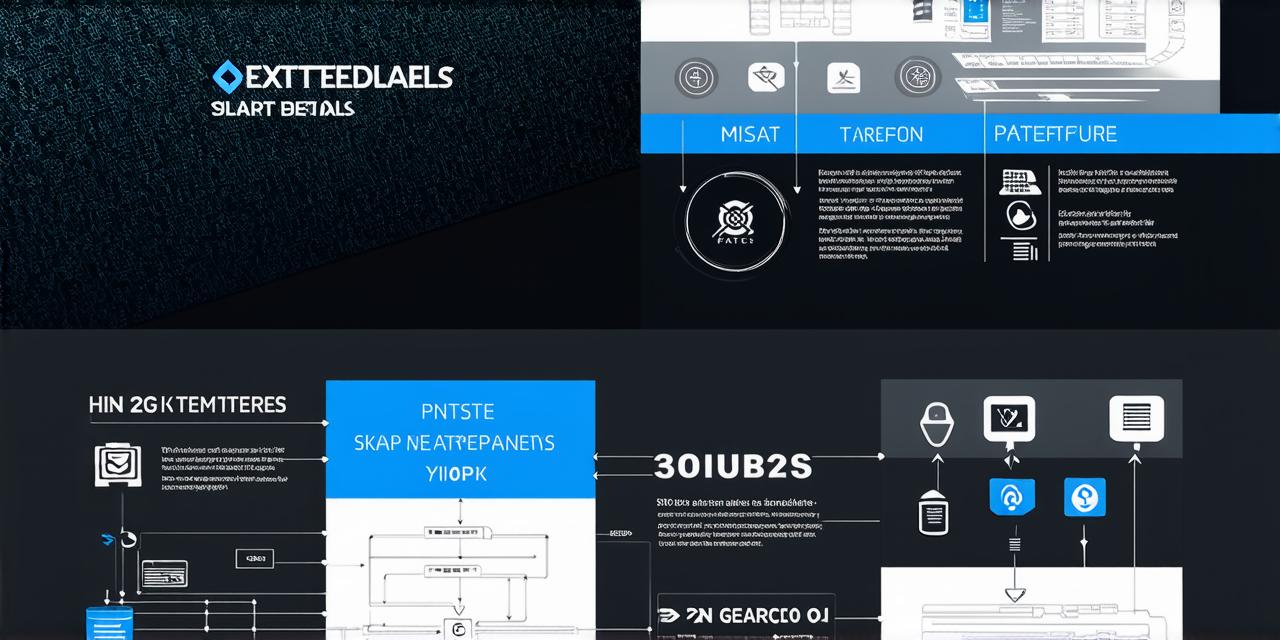Blockchain technology is revolutionizing the way we store and share data on the internet. It’s a decentralized, distributed ledger that allows for secure, transparent, and tamper-proof storage of data. In this article, we will explore what blockchain is, how it works, and why it’s important for developers.

Introduction
Blockchain technology was first introduced in 2008 as the underlying technology behind Bitcoin, a decentralized digital currency. However, since then, blockchain has evolved into much more than just a payment system. It’s now being used for a wide range of applications such as supply chain management, voting systems, and even identity verification.
What is Blockchain?
Blockchain technology is essentially a distributed ledger that allows for secure, transparent, and tamper-proof storage of data. At its core, a blockchain is made up of blocks of data that are linked together in a chain. Each block contains information about transactions or other events that have occurred, and it also includes a cryptographic hash that links it to the previous block.
Why is Blockchain Important?
Security
One of the key benefits of blockchain technology is its inherent security. The use of cryptographic hashes and the decentralized nature of the network make it extremely difficult for any one person or group to manipulate the data stored on the blockchain. This makes it an ideal solution for applications where security is paramount, such as financial transactions or identity verification.
Transparency
Another important benefit of blockchain technology is its transparency. Because all participants have access to the same information, it’s possible to achieve consensus quickly and efficiently. Additionally, because each transaction is recorded on a public ledger, it’s easy to verify that the transaction took place and that the data stored in the blockchain is accurate.
Tamper-Proof
Blockchain technology also provides tamper-proof storage of data. Because each block contains a cryptographic hash that links it to the previous block, any attempt to modify the data stored in the blockchain will result in the hash being invalidated. This makes it extremely difficult for anyone to manipulate the data without being detected.
Decentralization
The decentralized nature of blockchain technology also has important implications for developers. By removing the need for a central authority to manage the network, developers can create applications that are more resilient and less vulnerable to censorship or control by a single entity. This makes it possible to create applications that are truly decentralized and that empower users to take control of their own data.
Case Studies and Personal Experiences
There are many real-world examples of how blockchain technology is being used to solve problems and create new opportunities. Here are just a few:
Supply Chain Management
One example of how blockchain technology is being used is in supply chain management. By using a blockchain-based system for tracking goods as they move through the supply chain, it’s possible to achieve greater transparency and accountability. This can help to reduce waste and improve efficiency, as well as make it easier to track the origin of products and ensure that they are ethically sourced.
Voting Systems
Another example is in voting systems. By using a blockchain-based system for voting, it’s possible to achieve greater transparency and security.
